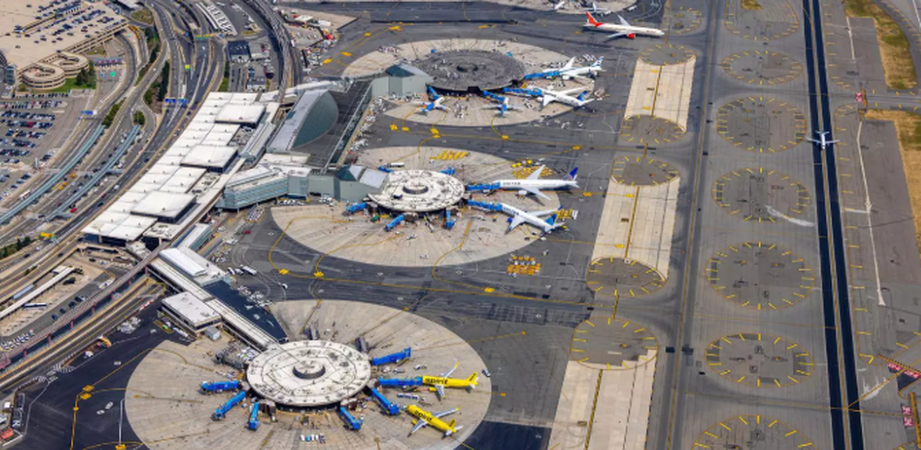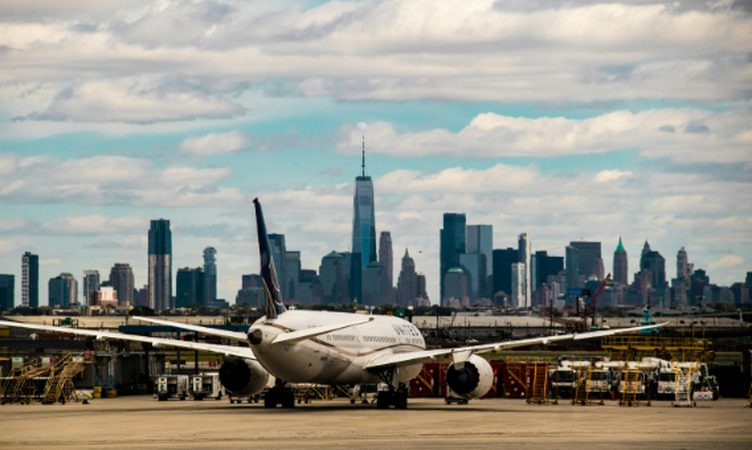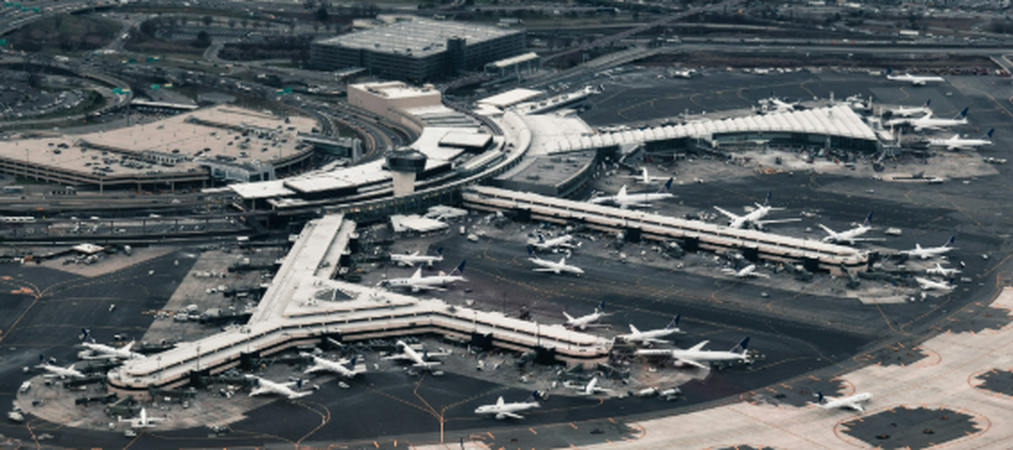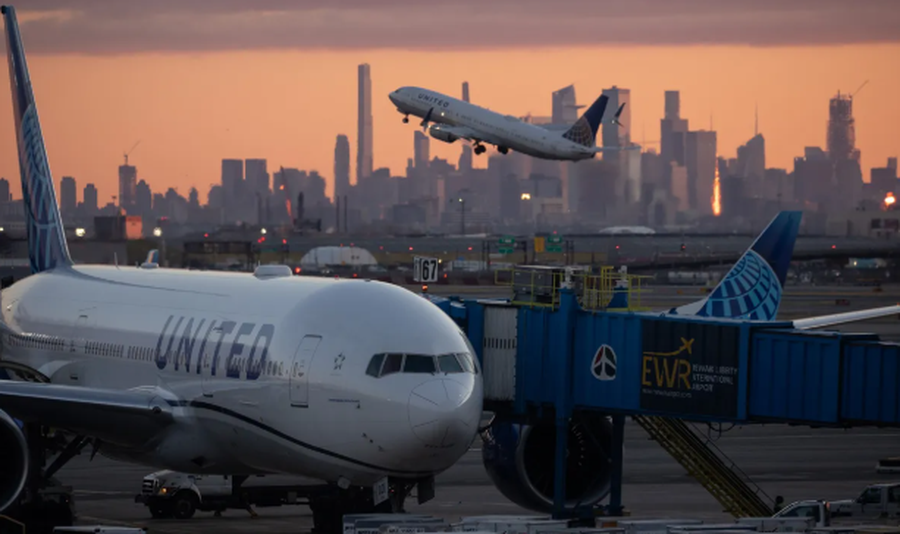
For 1 minute and 27 seconds, Philadelphia air traffic controllers lost audio and radar contact with a dozen planes carrying more than two thousand passengers that were under their surveillance at the time. Not to mention the others that were approaching and the private jets. An infinite amount of time, also because there was nothing to do but wait for the systems to come back up. When everything returned to normal in the control room, they were able to breathe: the planes were still in the air.
Darkness
These are some of the most incredible details of the computer problem that occurred on April 28 at the "Tracon" ( radar access control ) in Philadelphia - the area's control center that manages a significant portion of traffic - which led to the suspension of movement at one of New York's major airports for several hours.
The news, first revealed by Bloomberg, was confirmed to Corriere by two people familiar with the dynamics, who also added the number of flights "involved" by the power outage.
Cancellations
The effects can still be felt today. United Airlines — the largest carrier — is canceling an average of 35 flights a day, one in 10 scheduled flights, until things get back to normal. And it could take longer because — as the Federal Aviation Administration explained — " there is a staffing shortage at the radar center: some of the controllers involved have taken a period of leave to recover from the stress caused by several recent power outages ."
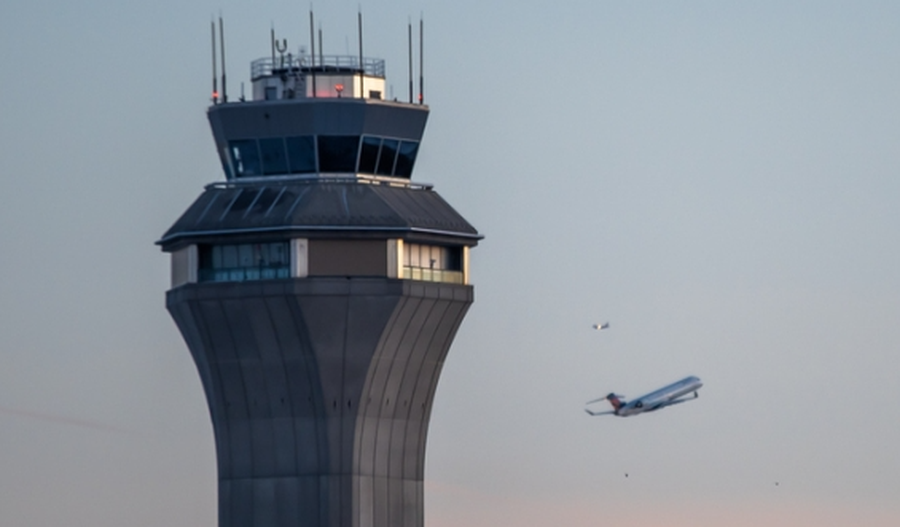
Brenda Tracon
It all started shortly after 1:30 p.m. local time ( 7:30 p.m. ET ) on April 28. At that moment, controllers in the Philadelphia section of Tracon, who were managing flights bound for Newark — such as JetBlue Flight 144 from West Palm Beach, operated by an Airbus A320 — as well as business jets, saw their monitors suddenly go black. They tried to contact the pilots by radio and realized that the communication system was not working either.
Screaming and dirty words
At that point - this was the story told in conversations with other colleagues by those who were in the room at the time, where screams and dirty words can be heard, and the race begins to warn the other wings of the radar center in order to slow down traffic, divert oncoming planes and try to avoid catastrophe in the sky.
"Approach, are you there?" a pilot can be heard saying in audio captured by the website LiveAtc, referring to the ground controller who is responsible for directing planes to approach the airport. He tries five times before getting a response from the radar center.
"Devices out of order"
Seconds later, the Newark control tower contacts a United Airlines pilot in flight: “ I’m going to move you here because I just heard that the center has lost all radar ,” he tells him.
"Three of their four radar screens have gone out of service and have no active frequencies," he continues.
Another conversation captures the moment of uncertainty. “ There are some devices out of order, I don’t know exactly which ones, but they have problems with the frequencies, ” says a controller. There is nothing else to do but wait for technicians to intervene and restore the system. Which they do. The outage lasts 87 seconds.
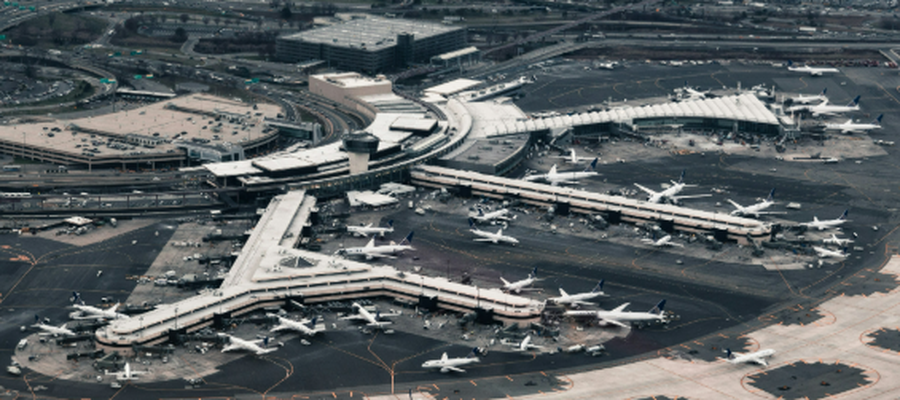
"I don't know where you are"
Some problems remain at around 1:45 p.m. “ The radar is down, we don’t know where you are, ” a ground controller tells pilots on a United flight from Charleston to Newark, asking them to look around. Fearing further disruption and to avoid air accidents, at 1:53 p.m. the FAA imposes a “ground ban” right at Newark. All planes heading to New York City are grounded at their departure airports. The panic lasts until 5 p.m. In the meantime, there is a need to replace the 5 air traffic controllers who stopped working “due to the trauma” they suffered.
Lack of surplus
" The only positive aspect of the story, if you can call it that, was the timing," one of the sources revealed. "It all happened at a time when volumes are not at their peak levels of the day and the distance between the streams is usually greater ," he added.
The computer infrastructure of some radar centers in the US is so old that there is no "redundancy": if a power outage occurs, no parallel interface takes over the operation, so everything is simply expected to come back up and running.
Confirmation
" Colleagues at the Philadelphia facility temporarily lost radar and communications with the aircraft under their control, unable to see, hear or speak to them ," the National Air Traffic Controllers Association confirmed in a statement.
Which makes it clear that it wasn't the first outage. However, some experts point out that these are very specific and potentially dangerous problems. US Transportation Secretary Sean Duffy said that communications were " lost for 30 seconds and no aircraft were in danger ."
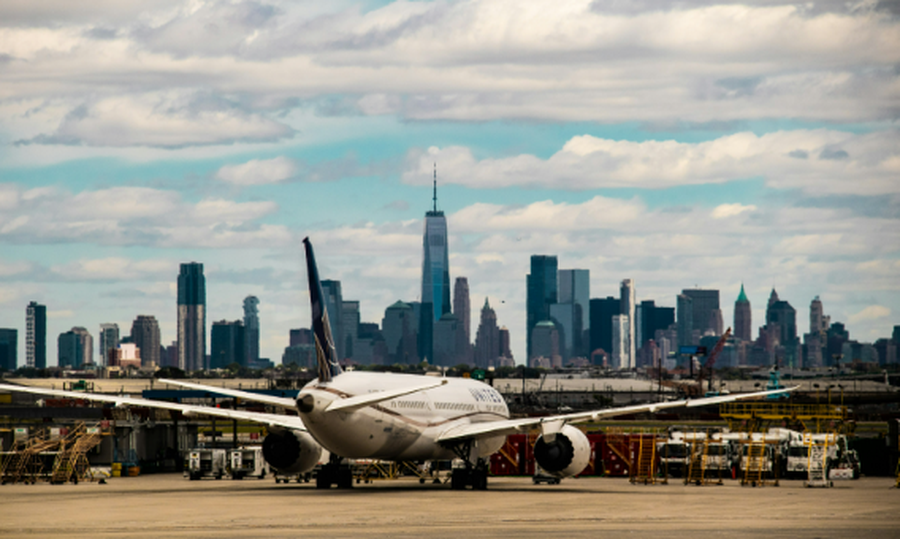
Impact on Newark
Since then, there have been more than 400 canceled flights and more than 1,500 delayed flights at Newark alone, according to the FlightAware platform. Meanwhile, United CEO Scott Kirby wrote in a message to customers that " for many years we have been very clear and have reiterated the need to improve Newark's air traffic control system ." " A system ," he added, " in recent days, on more than one occasion, has had problems ."
The FAA's approach
The FAA said it is " working to ensure that existing telecommunications equipment is more reliable in the New York area ." And it recalled that " when there are problems with personnel or equipment, the Federal Aviation Administration will ensure safety by slowing the rate of arrivals at the airport ."
Lack of controllers
The FAA did not mention the shortage of air traffic controllers. The country is short about 3,000 air traffic controllers to reach optimal levels, and training new ones takes time. Not only that. “ The Federal Aviation Administration has struggled for decades with outdated air traffic control systems ,” a Government Accountability Office report said last December.
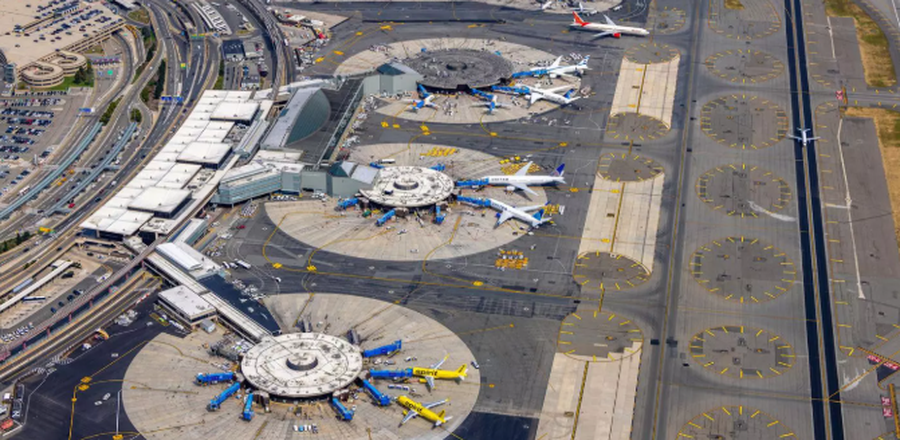
Old platforms
“ These systems will have to cope with increasing demand, as the FAA predicts an average annual growth in traffic of 6.2 percent. ” According to the TSA, approximately 2.5 million people fly into the U.S. each day during this period. In its 2023 “census,” the FAA determined that of “ 138 air traffic control systems, 51 were unstable and 54 were potentially unstable .” Reading the list, there are about forty of them installed over 30 years ago and even six over 60 years ago.
How it works in Europe
"The control center systems in Europe all have a backup," explains a veteran with over thirty years of experience.
" Outdated systems like those of the FAA, much more outdated than those of Europe, can have simultaneous malfunctions", he continues. But the expert emphasizes that the technical causes must be further investigated. And he adds that "the most advanced systems, also in use in Italy, have CPDLC (Controller Pilot Data Link Communications) which allows air traffic controllers to communicate with pilots through a data communication system. In this way there is no need to contact the pilots by radio ", he underlines. (A2 Televizion)

